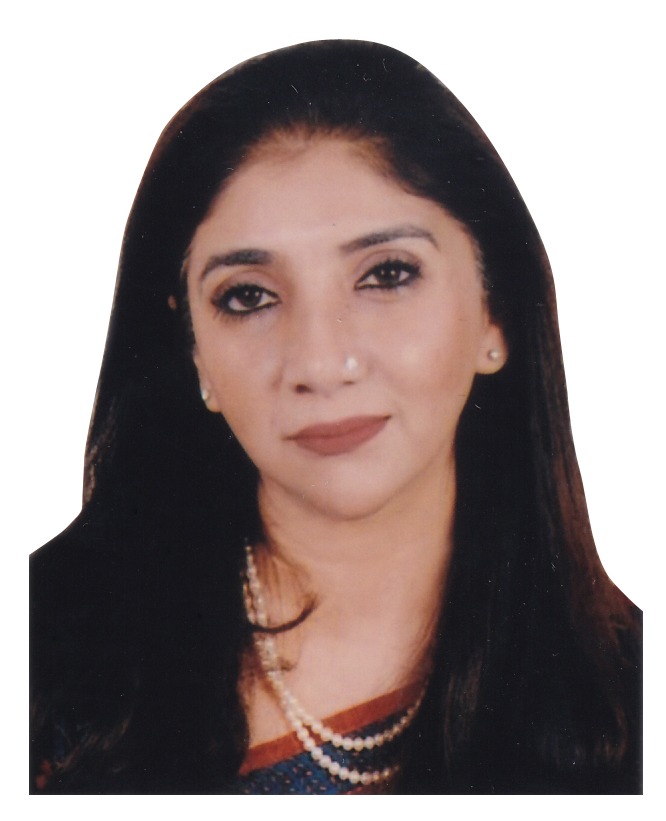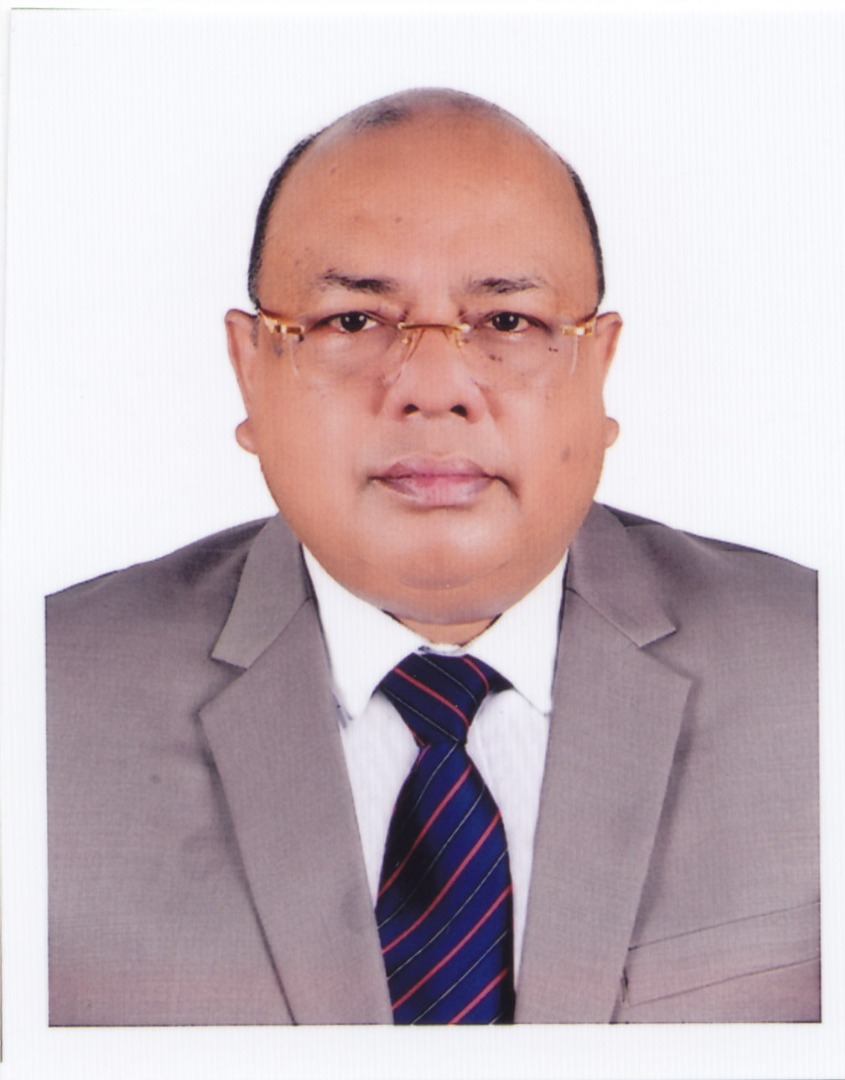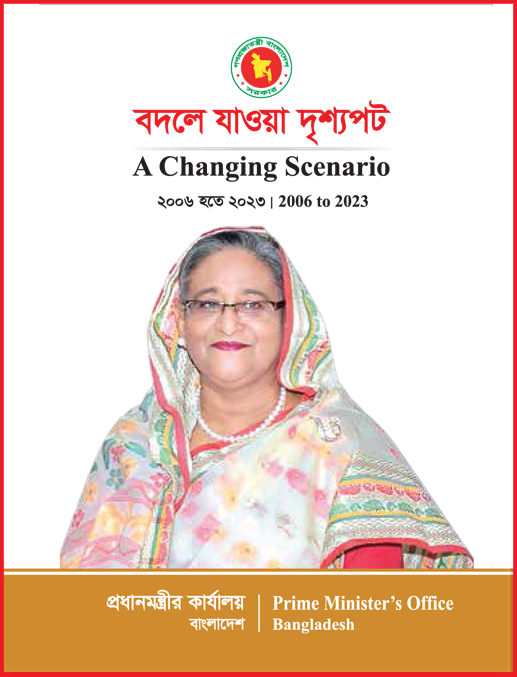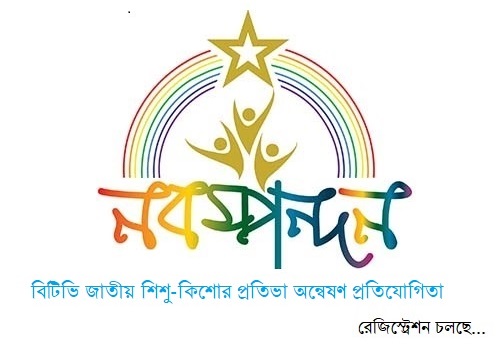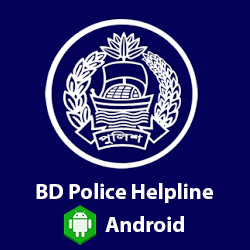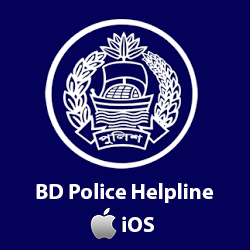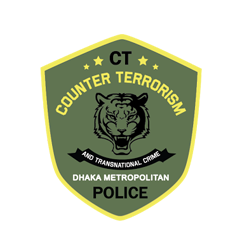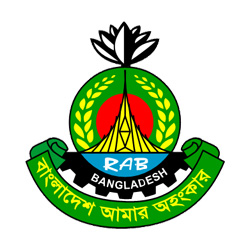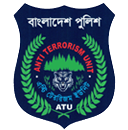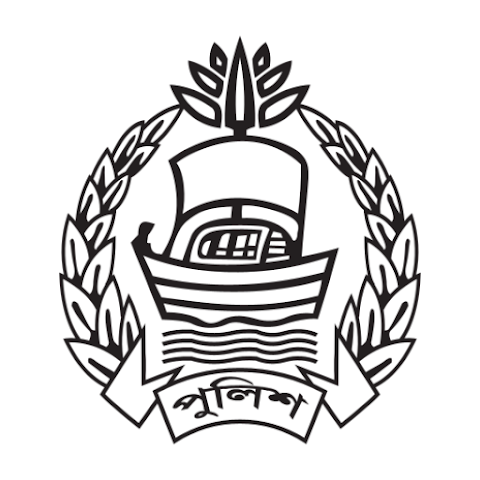ইতিহাস
The history of Bangladesh National Museum is eventful and glorious, connected as it has been, in chronological sequence, with British Indian history, the birth and dissolution of Pakistan, and the emergence of Bangladesh. At the turn of the twentieth century Lord Curzon, Viceroy of India, by his policy of provincial readjustment, provided the political ground for the establishment of a museum in Dhaka. He partitioned Bengal on 16 October 1905. The historic city of Dhaka became the capital of the new Province of Eastern Bengal and Assam. Consequently, Dhaka witnessed a tremendous physical growth with all-round development. The proposal to start a museum in Dhaka was first mooted in the autumn of 1905 in connection with the transfer of the Shillong Coin Cabinet to Dhaka. As a result of a letter, dated 1 March 1910, submitted by H. E. Stapleton in his capacity as the Honorary Numismatist to the Provincial Government, to the Director of Public Instruction. Sir Lancelot Hare, Lieutenant Governor of Eastern Bengal and Assam, passed orders for the selection of a site for a museum in Dhaka. But no definite action was taken until 1912 when the proposal for starting a university in Dhaka brought the matter again into prominence. As the partition of Bengal was revoked on 1 April 1912, the thought that the glory of the old and illustrious city was once more to wane, saddened the elites of Dhaka. They began to press their demand for developing the future university town. Because of the absence of a public museum in Eastern Bengal many antiquities that turned up on casual excavation in the Dhaka and Chittagong Divisions, were removed to the Indian Museum in Kolkata. This position was unacceptable to the elites of Dhaka. They met Lord Thomas David Baron Carmichael, the Governor of the Presidency of Bengal, under the leadership of N. Bonham-Carter, Commissioner, Dhaka Division, at a conversazione held in the Northbrook Hall on 25 July 1912. The purpose of the meeting was to make the final attempt to realize their long standing claim to a museum in Dhaka. Their address of welcome to the Governor emphasized the immediate necessity of the establishment of a university, a museum and a public library in Dhaka which had by that time been again reduced to the status of a district town. The address also drew the attention of Lord Carmichael to a temporary exhibition of a large number of antiquities gathered together mostly on loan from different sources. The Governor conceded to the demand for a museum and was pleased shortly afterwards to make a grant of Rs. 2,000 to cover the initial expenditure on the proposed museum. When the conversation was over, most of the exhibits were provisionally deposited in the Dhaka Collectorate and in a few other places.To house the collection, a room in the Secretariat (now the Dhaka Medical College Hospital) was allotted. The setting up of Dhaka Museum was formally approved by the Governor in Council in the official Gazette of 5 March 1913. A Provisional General Committee of 30 members was constituted with Nicholas D. Beatson-Bell, Commissioner, Dhaka Division, being its President. Thereafter an Executive Committee was formed to administer the Museum. Dhaka Museum was formally inaugurated by Lord Carmichael at a second, largely-attended conversazione held in the Secretariat on Thursday, 7 August 1913. The Museum had a rapid growth. In consequence of the growing number of exhibits, two additional rooms were allotted after 24 June 1914. Mr. Nalini Kanta Bhattasali was appointed Curator by the Executive Committee on 26 June 1914, and he joined on 6 July 1914. After the exhibits were displayed in the three rooms, Dhaka Museum was first opened to the public on 25 August 1914. On that day the Museum had 379 objects on display. Dhaka Museum was transferred from the Secretariat to the Baradari and the Gatehouse at Nimtali in July 1915. Nalini Kanta Bhattasali, the first Curator of the Museum, worked hard to develop the Museum and succeeded in collecting many antiquities. He made the best use of the objects accumulated to publish a number of scholarly books and thus enhanced the prestige of the Museum. The constitution of the General Committee underwent drastic changes in 1936 in view of the growing relationship between Dhaka Museum and Dhaka University which had no museum of its own. The Executive Committee, which was actually a smaller body of the General Committee, was dissolved, and the General Committee was reduced to a 9-member Dhaka Museum Committee with the Vice-Chancellor of Dhaka University as its President. Nalini Kanta Bhattasali died on 6 February 1947. Mr. S. C. Banerjee, Keeper of Manuscripts, Dhaka University, was then put in charge of Dhaka Museum. On 12 August 1947 Dhaka University took over Dhaka Museum from the Provincial Government. As a result, the 9-member Dhaka Museum Committee was replaced by a 16-member Dhaka Museum Committee. From 3 January 1951 to 17 June 1965 Dhaka Museum was looked after by the Honorary Curators who worked part-time. After the death of Nalini Kanta Bhattasali, Dhaka Museum again got a full-time salaried Curator on 18 June 1965. He was Mr. Enamul Haque. As he began undertaking exploratory tours like Bhattasali, Dhaka Museum got a new lease of life. On 9 August 1969 he became the Director. On 22 April 1970 the Dhaka Museum (Board of Trustees) Ordinance came into force. As a result, Dhaka Museum became a statutory body, its administrative authority being no more Dhaka University but the Government of East Pakistan. For any country the National Museum is a prestigious institution. After the emergence of Bangladesh the new-born nation state considered it to be a prime necessity to upgrade the museum. For Bangabandhu Sheikh Mujibur Rahman, the proposed National Museum was extremely important. He wanted his countrymen to know “the true history of the struggle of the Bengalis,” as he told them “the time has come when our younger generation should know the actual history of the past sacrifices and resistance movements.” He began referring to Dhaka Museum as the National Museum. He appealed to his countrymen to hand over to Dhaka Museum all objects connected in some way or other with the struggle for freedom, and he himself presented to the Museum 49 objects including the first shell fired upon the enemy and the national flag hoisted at the Bangladesh Mission in Kolkata on 18 April 1971. In 1972, the Dhaka Museum Board of Trustees submitted to the Government a Scheme for the National Museum of Bangladesh. In view of the urgent need for the establishment of a National Museum in the country, the Government, on 2 January 1974, constituted an 11-Member National Museum Commission to give its recommendations on the establishment of the proposed National Museum. The Commission unanimously recommended to the Government to establish a National Museum in Dhaka with Dhaka Museum as its nucleus, and the Government accepted this recommendation. Bangabandhu Sheikh Mujibur Rahman wanted to build a national museum on a massive scale. As he visualized, in addition to exhibiting antiquities and works of art through different periods of history, it would depict all phases of “the struggle of the Bengalis” for their political and cultural freedom and economic emancipation. The Scheme for the National Museum Project was approved on 27 December 1975. The Bangladesh Jatiya Jadughar Ordinance, 1983 was promulgated on 20 September 1983. Bangladesh National Museum was formally inaugurated at Shahbag on 17 November 1983. Dr. Enamul Haque became the first Director General of Bangladesh National Museum. Bangladesh National Museum is now housed in a four-storied building with a total floor space of 202,116 square feet. From a humble beginning in a single room in 1913 the Museum has now grown into one of the largest museums in South Asia.







